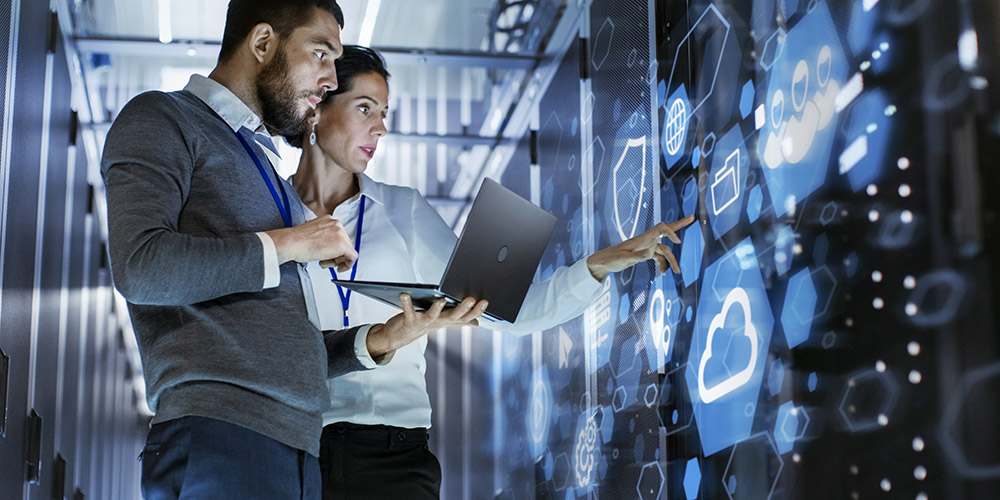
Jan 22, 2020 | SMB Technology, SMB Technology, SMB Technology, SMB Technology, Technology News
With the end of service for Windows 7, businesses need to find another solution. While Windows 7 will not stop working, it won’t be as secure, and the lack of updates and patches will make your system and data more vulnerable to attack. For some, this might be the optimal time to move to the cloud. Ideally, companies have done so, or made the move to the latest operating system. Read on to find out more about what to do to keep your system and data secure. Upgrading Your Operating System In the shorter term, if your business hasn’t upgraded to Windows 10, you can still do that. Windows 10 is worth the upgrade, with automatic updates available, along with better security. Not only that, but by upgrading, you can use a windows operating system that comes with technical support, security updates and fixes. With only a week having passed since the deadline, it is still possible to upgrade to Windows 10 and take advantage of a fast, secure operating system. The longer you go without upgrading, however, the less secure your computer will become. Consider the Cloud One way to more smoothly manage the transition to a new operating system, is moving to the cloud using Virtual Desktop Infrastructure (VDI). With VDI, updates can be performed by the cloud service provider, providing a seamless user experience. With a cloud service provider handling the infrastructure and providing a connection via the Internet, upgrades will be made easier and possibly less expensive. One cloud delivery model, Workspace as a Service (WaaS) provides access remotely as a web-based office environment. With...

Jan 14, 2020 | SMB Technology, SMB Technology, SMB Technology, SMB Technology, Technology News
The 2020s–this year and beyond–will be a time of great disruption created by emerging technology. Not only will technologies like hyper-automation, artificial intelligence and human augmentation change the way people interact with technology, it will create opportunities–and challenges–never before seen. Read on to learn more about what is developing in 2020 and beyond. Technology Will Center Around People According to an article published by Gartner in late 2019, the orientation toward technology is changing. Previously, companies developed technology stacks and then developed applications. Now, according to VP of research Brian Burke, “organizations must consider the business and human context first.” The emphasis will be on people-centric smart spaces, and these will profoundly affect people and the places they live and work. There will be greater citizen access via democratization, wherein people can gain business and technological knowledge without a lot of expensive training. People could even be part of the smart spaces through human augmentation, including wearables. An Expanding Perimeter Information technology is not just based in a company’s office or a geographic data center. Trends such as edge computing and distributed cloud bring information outside of a central location and put it closer to the user, decreasing the amount of time it takes for users to get the information they are after. An empowered edge looks at how an increased number of connected devices will build smart spaces. Distributed cloud allows public cloud data centers to be located anywhere, enabling users to access the data they need while the provider still handles architecture, delivery and operations. Security Still a Key Consideration With all these new technological trends and...




